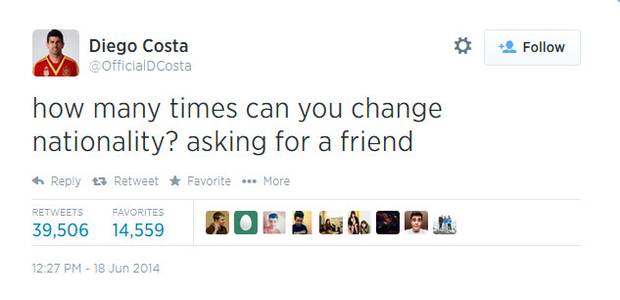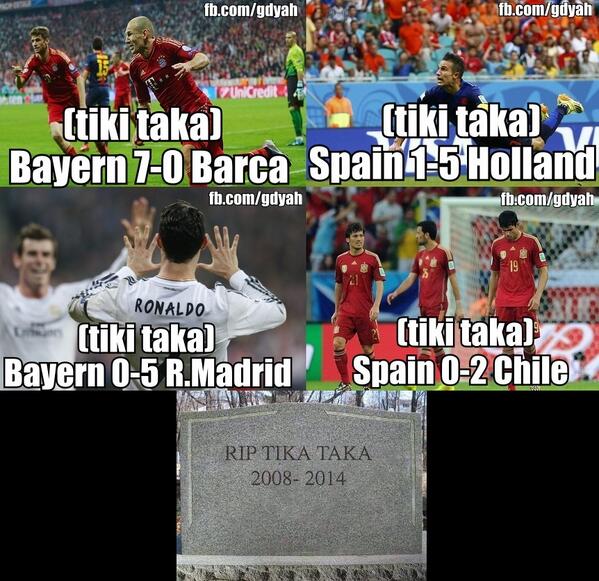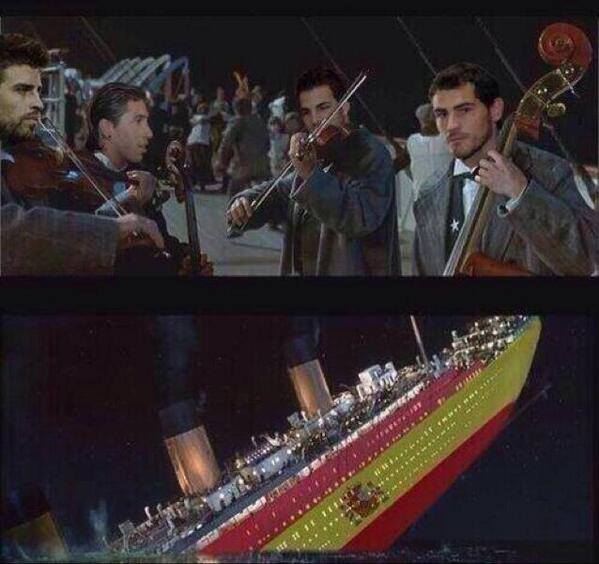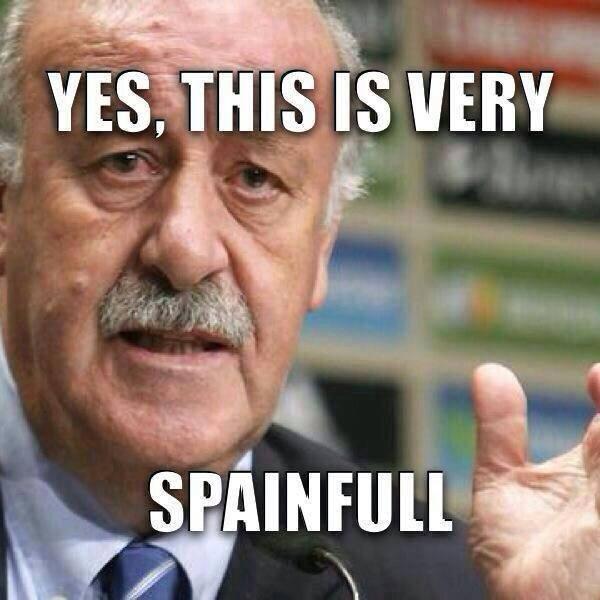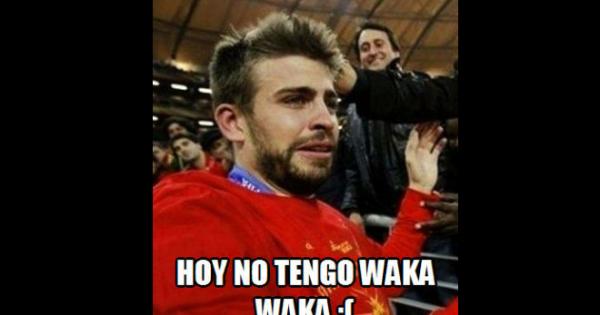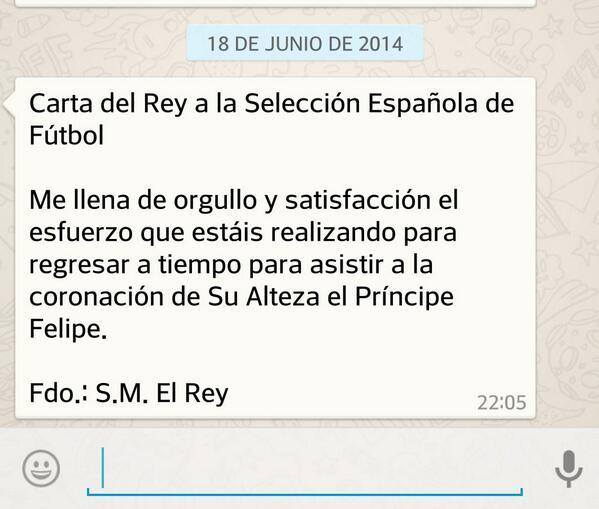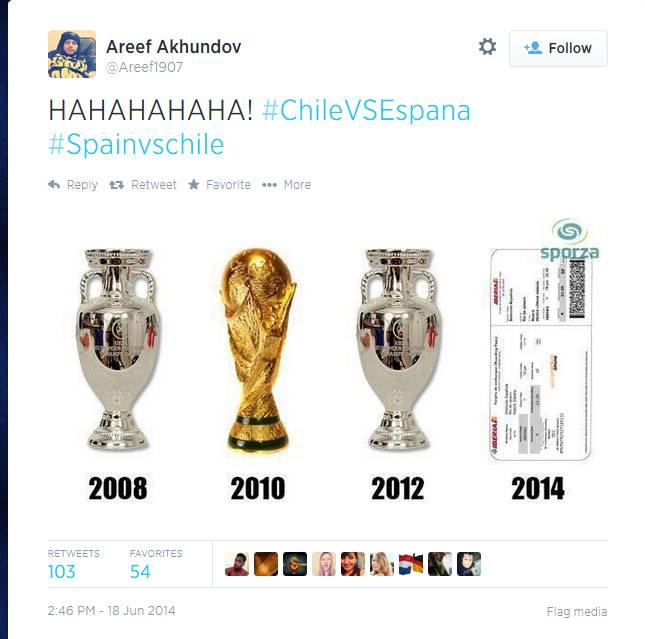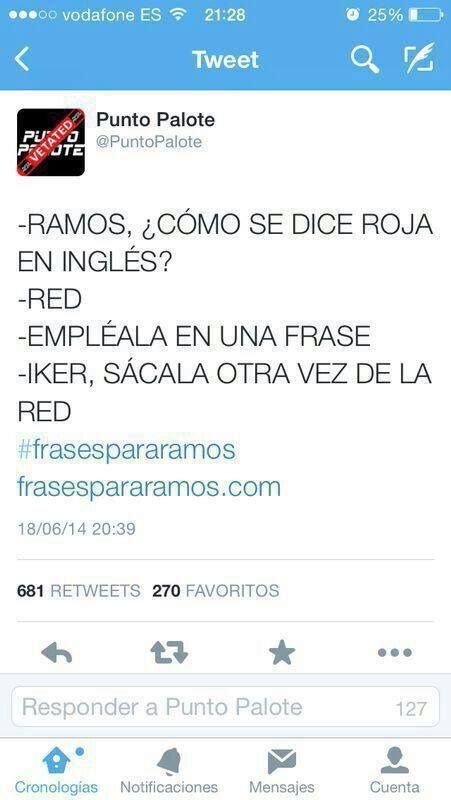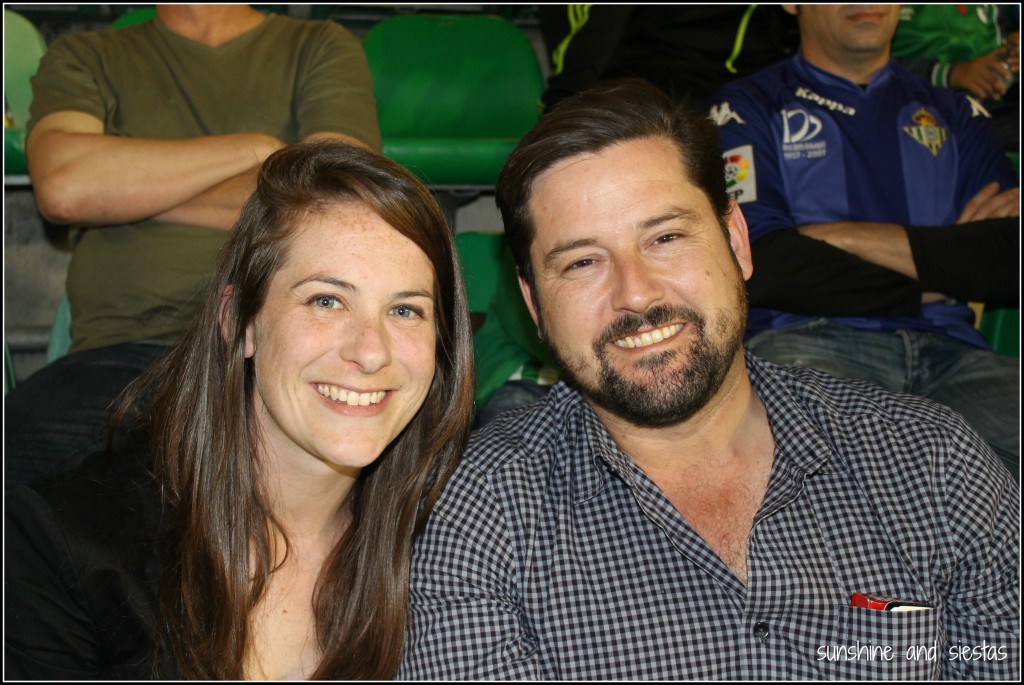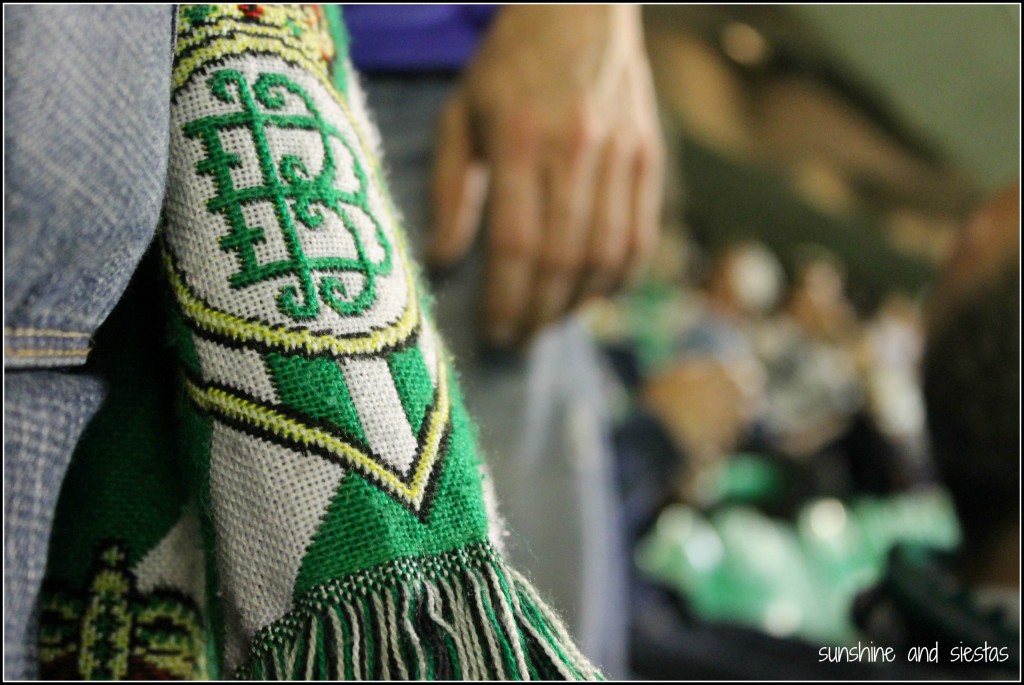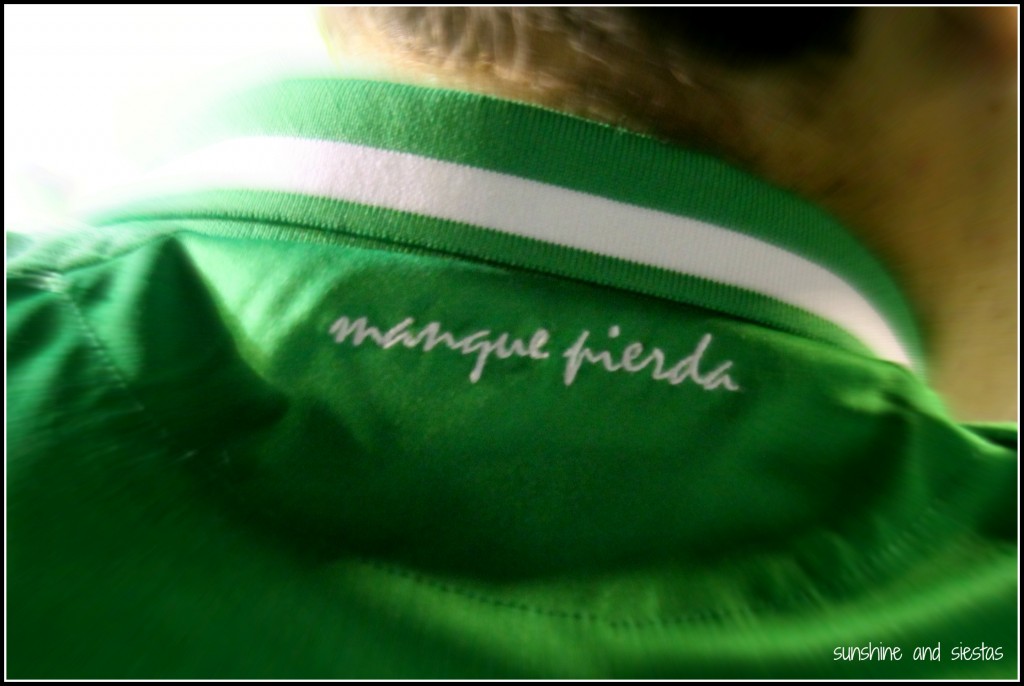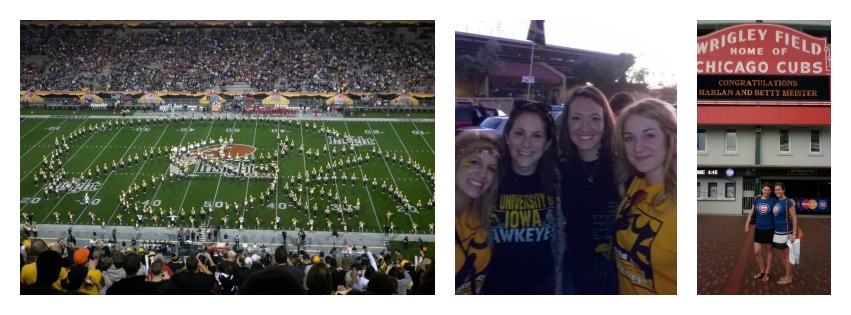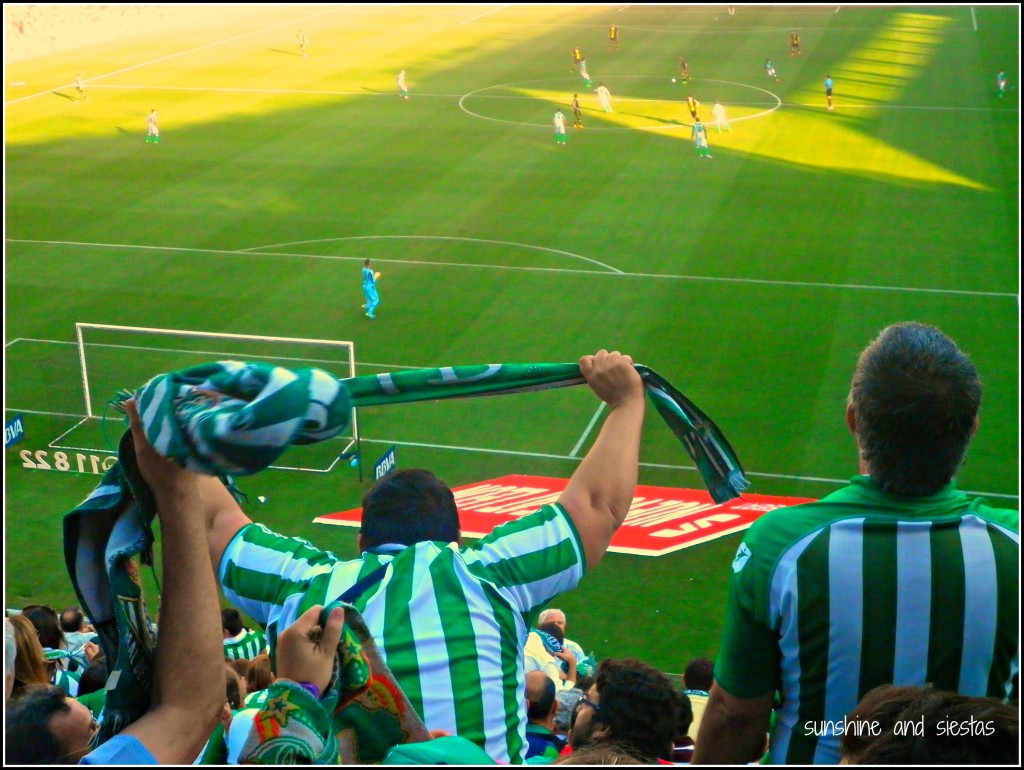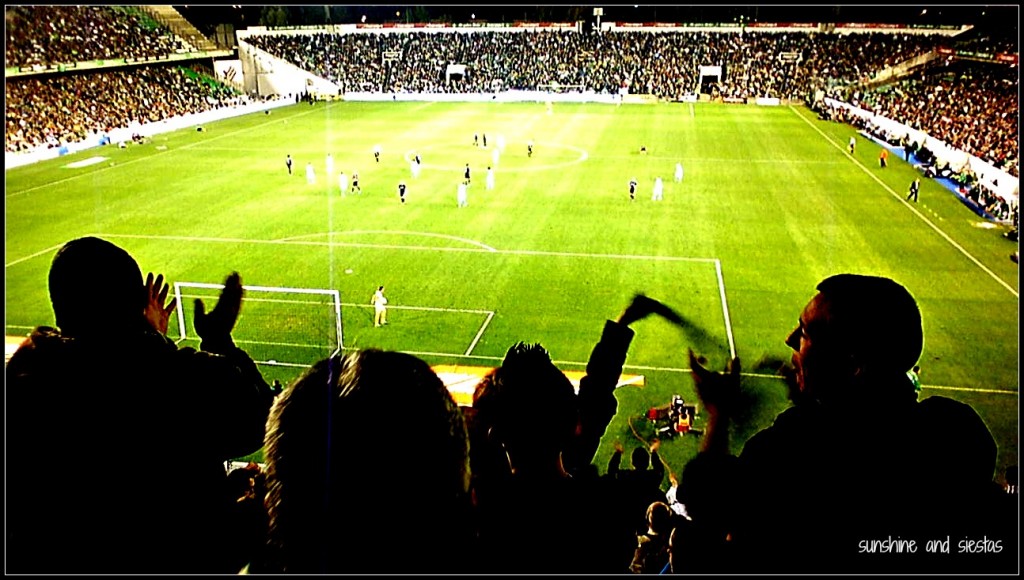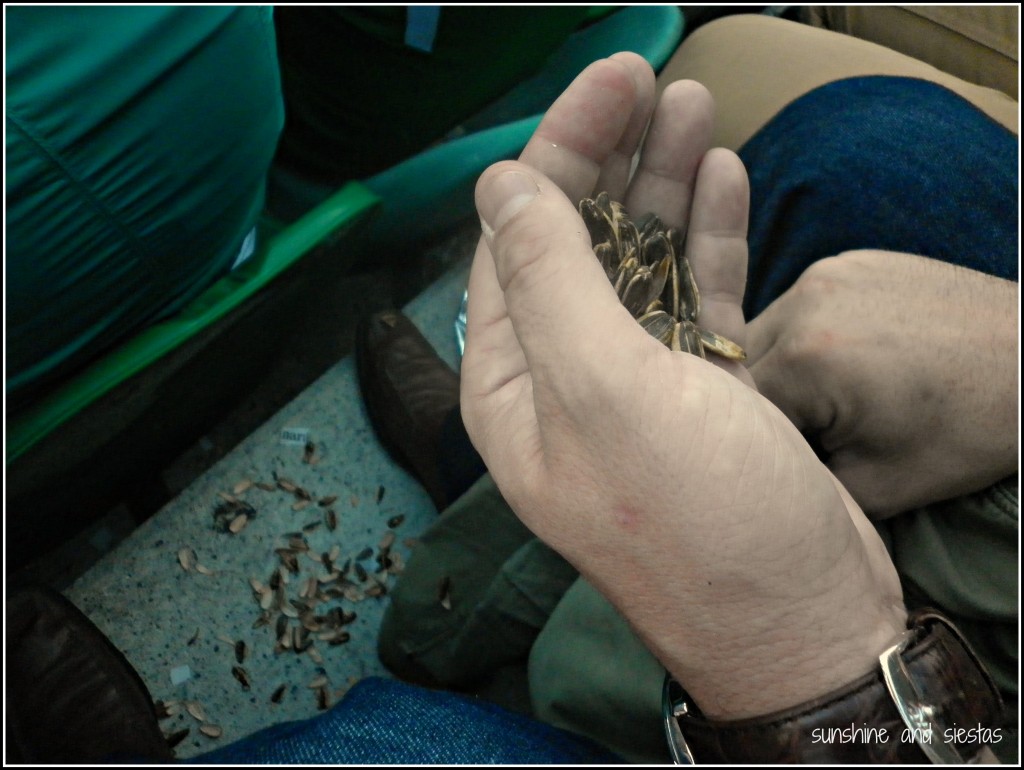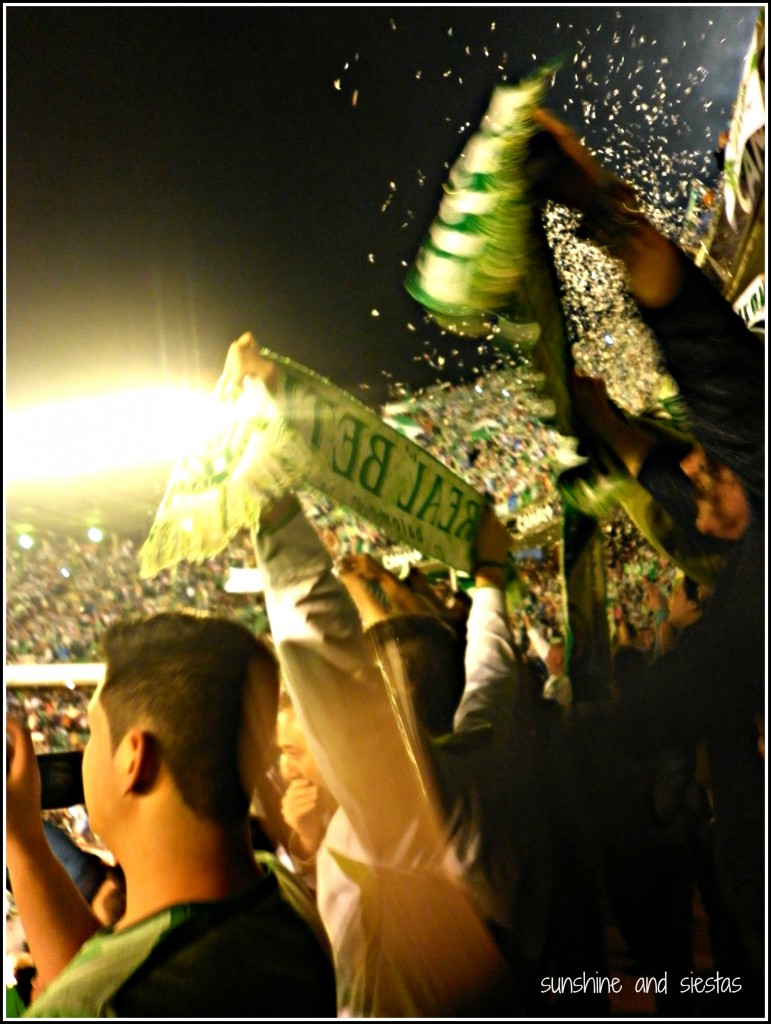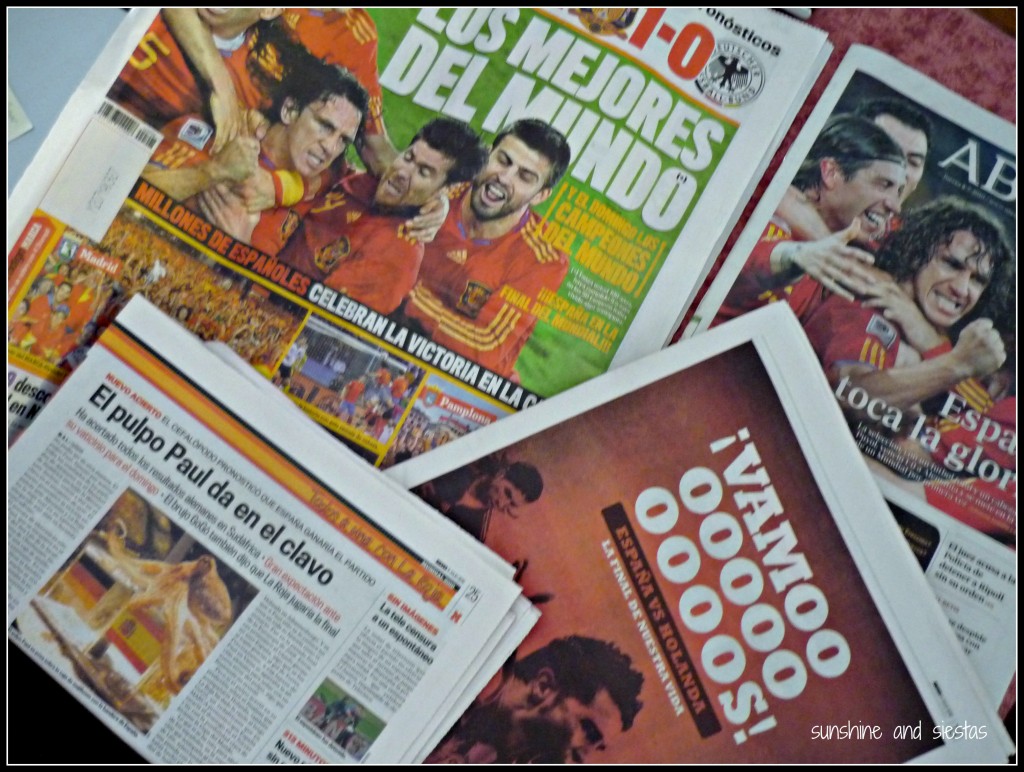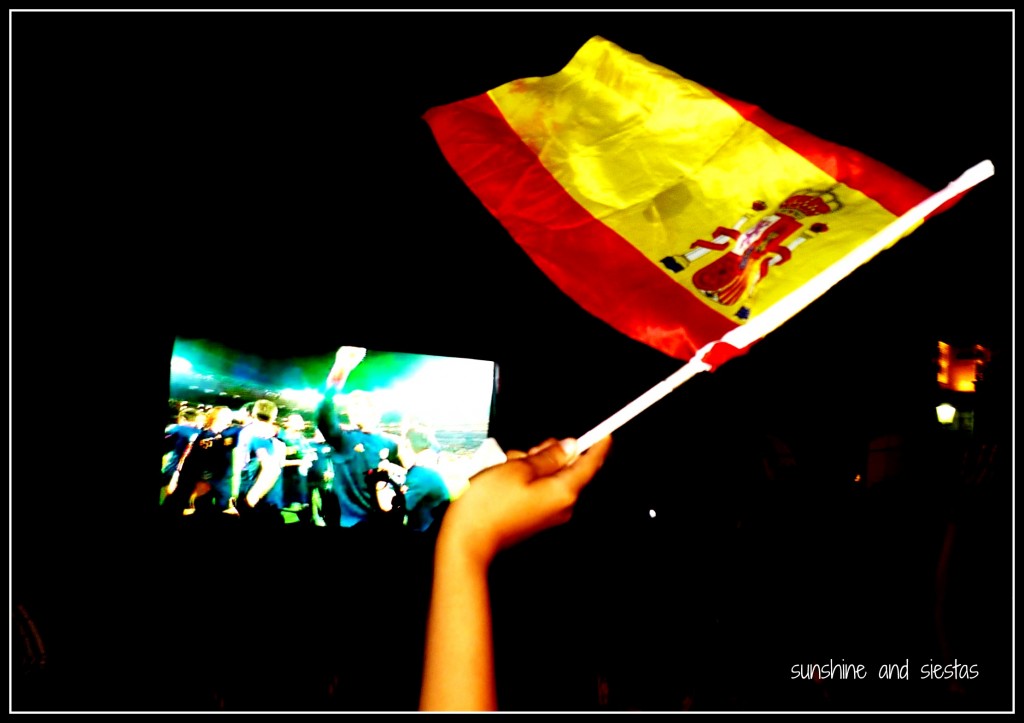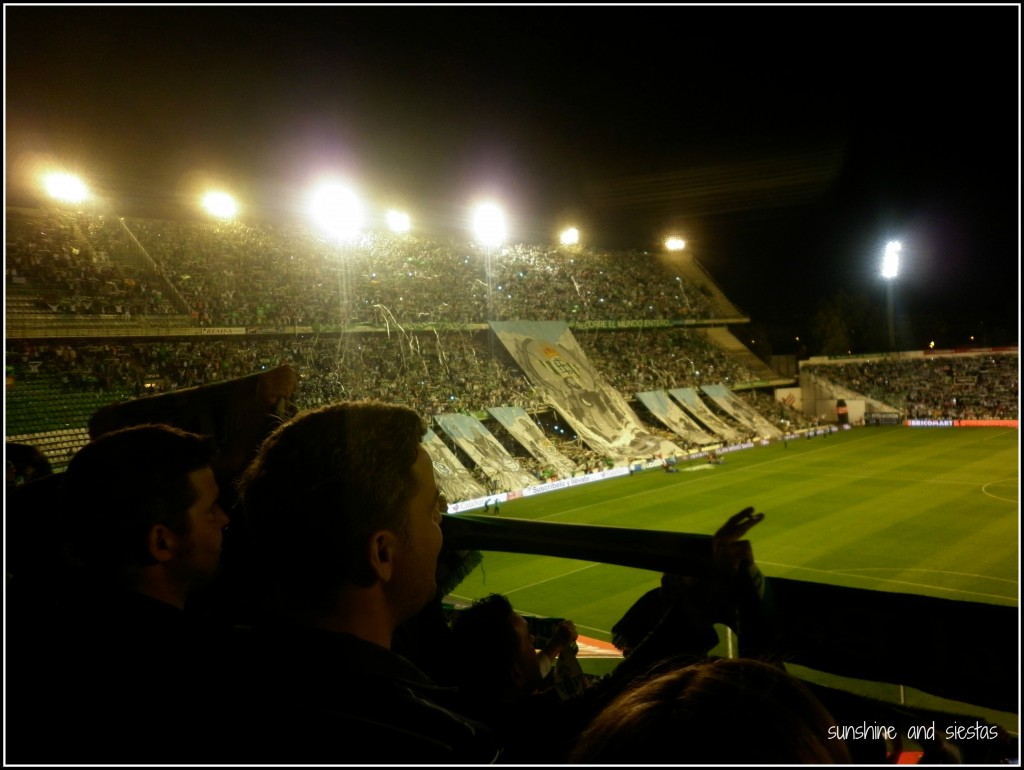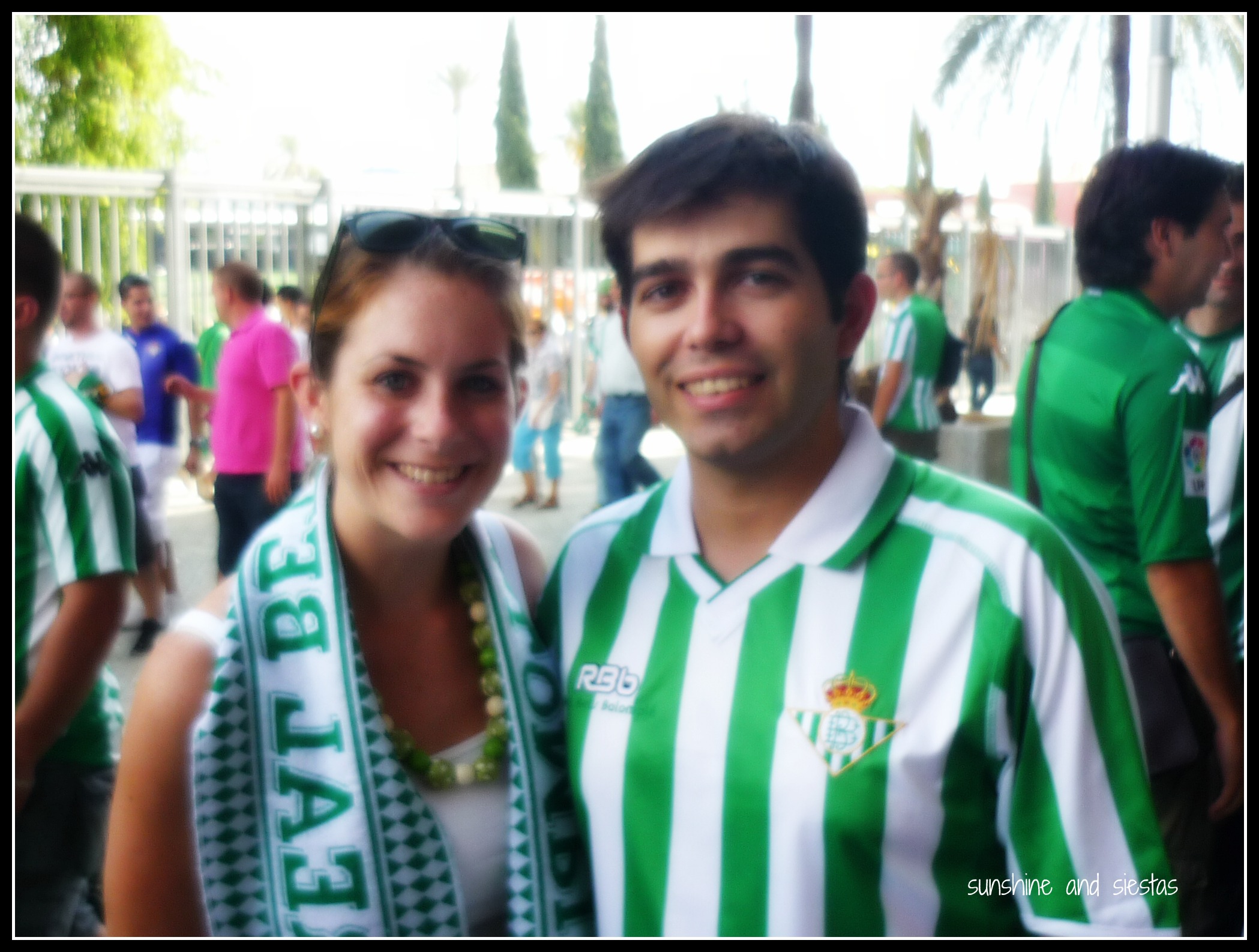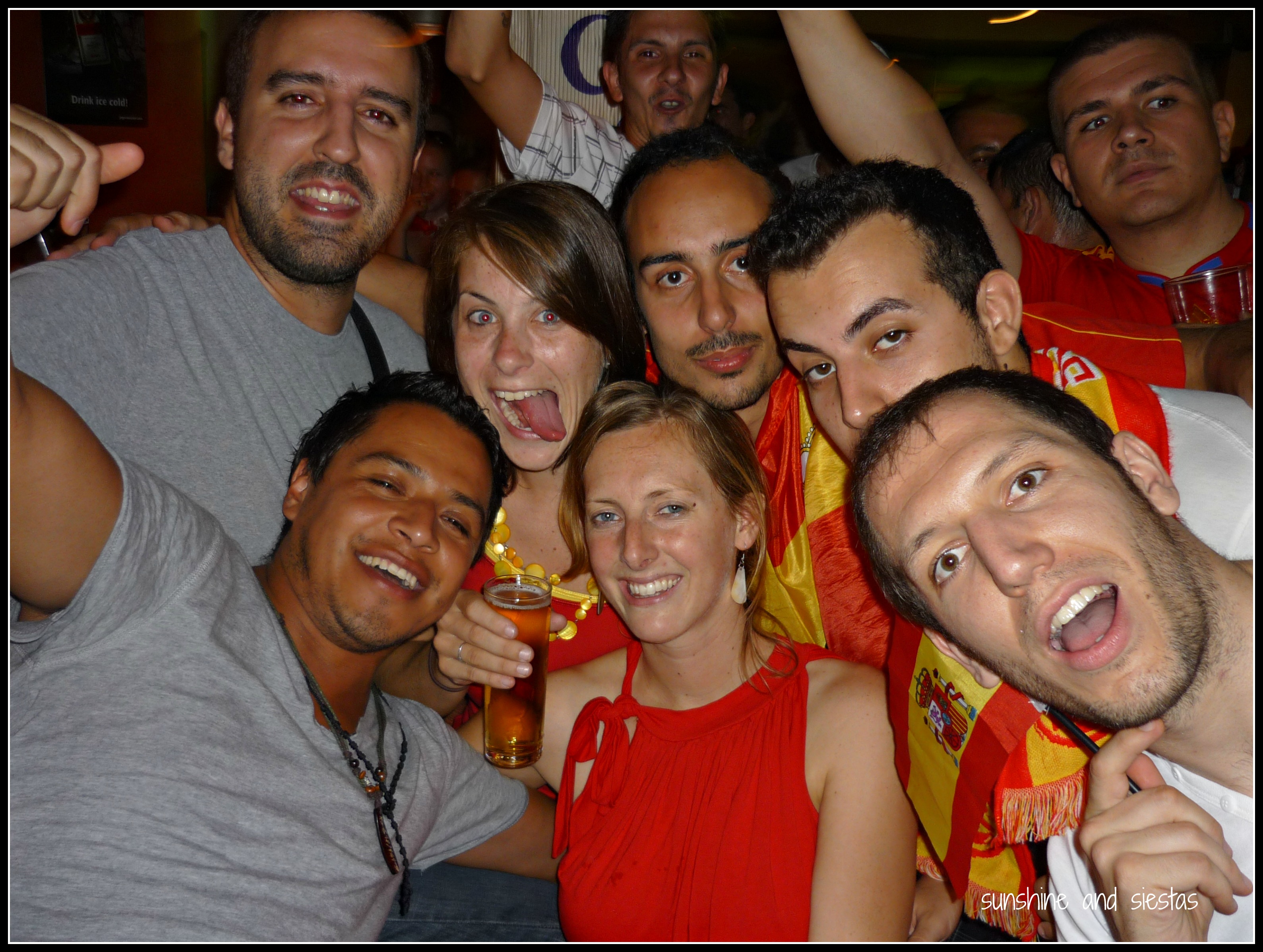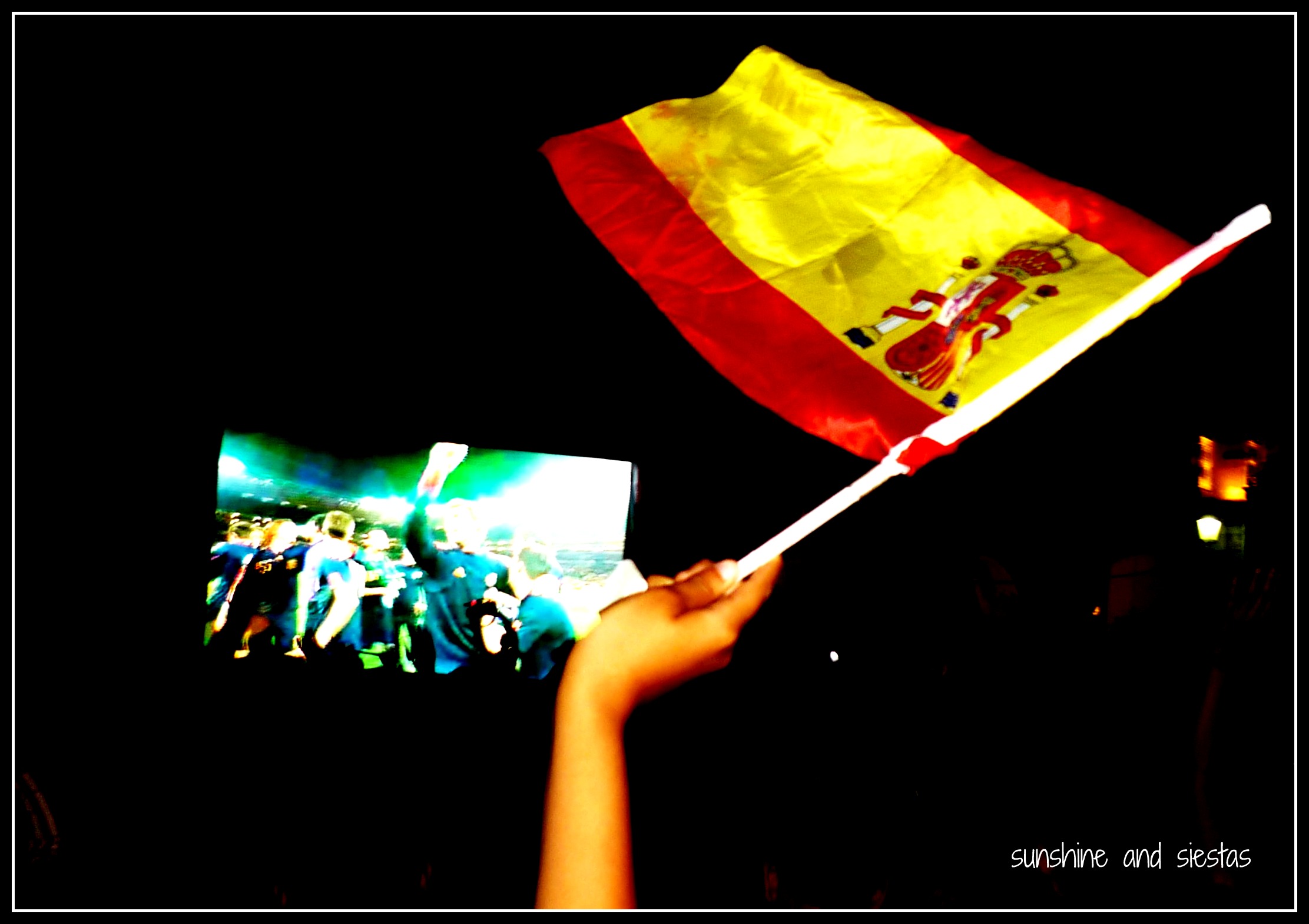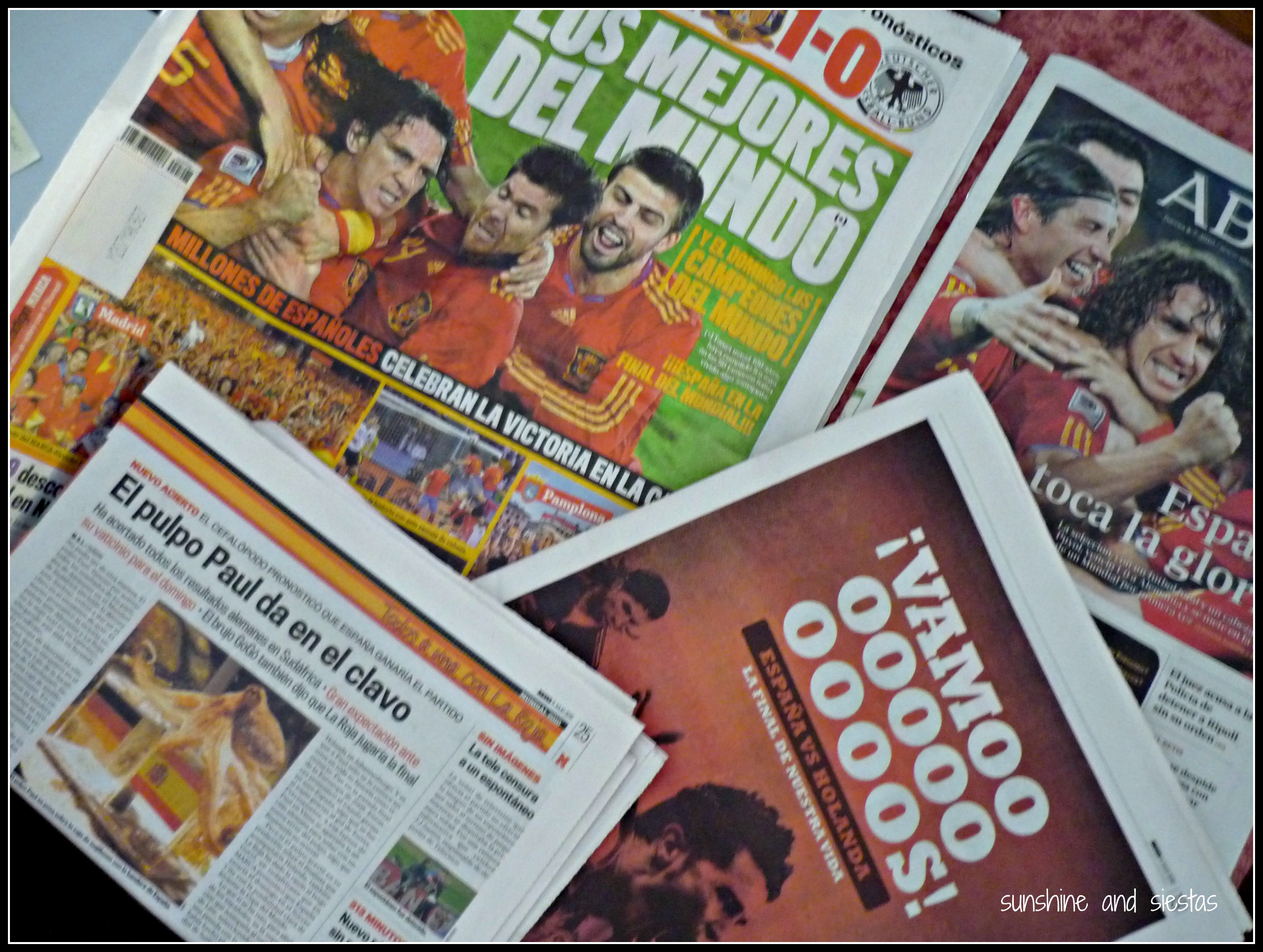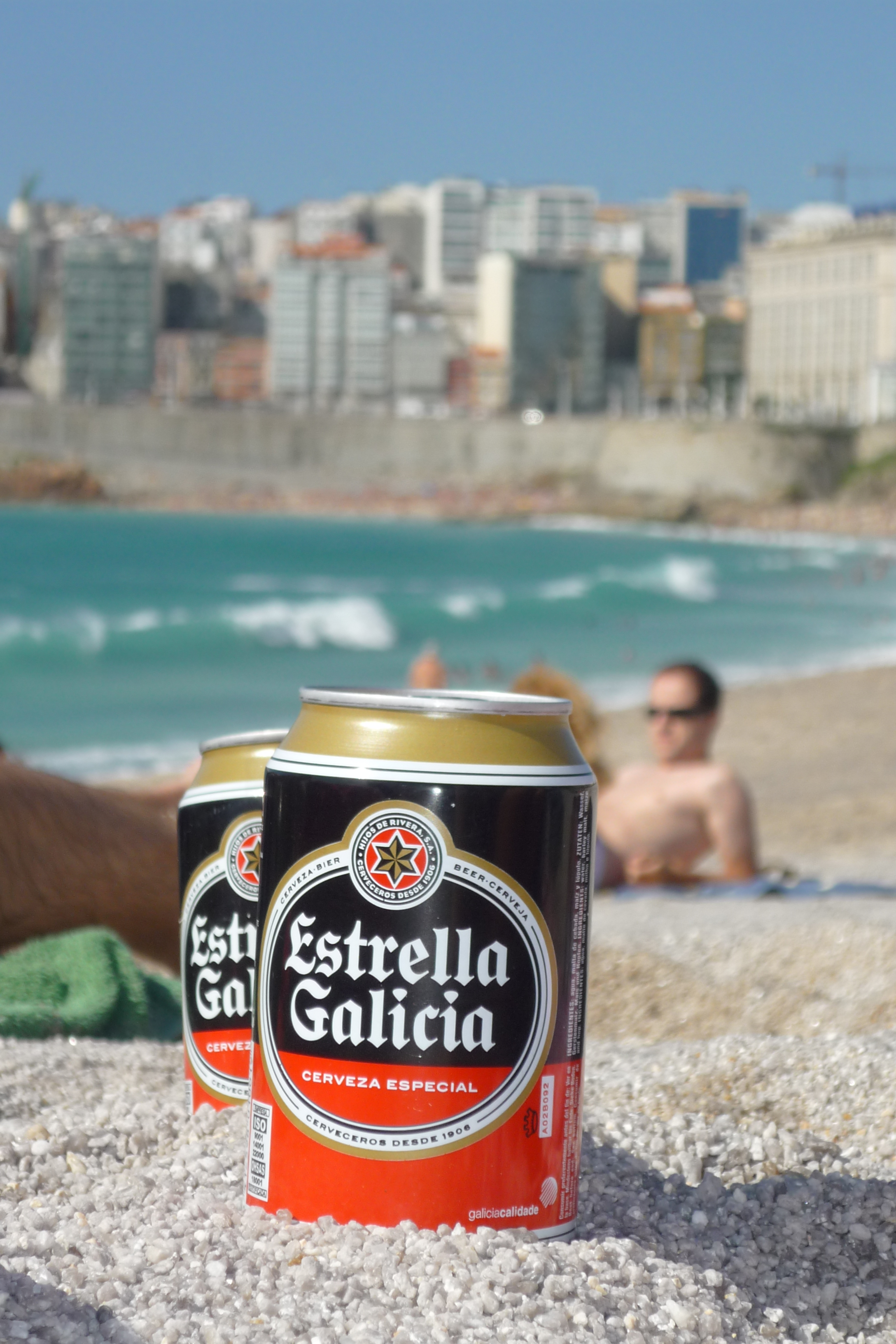In truth, it was a bendición from the gods: after watching Betis get relegated to Segunda as a card-carrying socio, I had all my cards on Spain’s World Cup bid.
I mean, we won The Euro Cup in 2008 (and my Barca-loving boss at Banana Republic scheduled all of break time together so I could give him updates during the game), the World Cup in 2010 and the Euro Cup again two years later.
You can imagine the relief I felt when my academy’s end-of-year dinner was scheduled for the same night as the Spain-Chile match, and I didn’t have to suffer through 90 minutes of dreams dying (and probably unicorns and other things as elusive as going four-for-four).
I made myself a gin and tonic at home and settled into my favorite part of losing: MEMES!
Whenever you’re feeling down that Cristiano Ronaldo and Neymar are probably taking great pleasure in the reigning World Champs becoming the first team to be eliminated in the first round, bookmark this page and remember the better times of La Selección Española:
Diego Costa
Ugh, let’s talk about how much I loathe Diego Costa, a former Atlético Madrid player who gave up his spot on the Brazilian national team to attain Spanish citizenship, believing he’d have a better chance at winning the cup with Spain than his own country.
Can we get a slow clap here right now?
El Tiki Taka
Spain’s famed ‘tiki taka’ style of short, direct passes haven’t brought them a ton of goals, but it has helped them attain the three peat.
Clearly didn’t work against a revenge-hungry Holland, or a more decisive Chile. Thanks for the memories, Tiki Taka.
The Sinking Ship
One of the more popular memes I’ve seen on Facebook has been the sinking ship with the band’s heads replaced by Gerard Piqué, Sergio Ramos, Cesc Fabregas and Iker Casillas.
Be it a metaphor for a country that lost a king and a dream and their dignity in one day?
(S)PAINFUL
Cruel, guys.
De Vacaciones
Some players on the Selección have admitted to being tired after 40 weeks of league play, plus European league championships and a number of friendlies leading up to the Cup.
Spain’s goalie and captain, Iker Casillas, can finally take a break with his girlfriend, sports reporter Sara Carbonera, and gets an entire month to enjoy. Just like every other Spaniard.
Waka Waka
While everyone was dancing the Waka Waka in South Africa, I was falling in love with Barcelona star Gerard Piqué.
Shakira apparently was, too, but her home team is first in their group, so maybe some Waka Waka? Eh? Eh?
Sorry, that was so bad.
La Abdicación
Last Wednesday, I didn’t even know Spain. Apart from the team losing, Spain’s King, Su Majestad Juan Carlos I, officially left the throne, and his son was crowned the following morning.
In this meme, JC thanks Spain National Team Coach Vicente del Bosque for doing everything possible to be present on his son’s big day.
If only. Also not present? The Spanish rose AKA Cayetana de Alba. Trick doesn’t like being shown up!
Hardware
A visual reminder that, when you’re on top, there’s no place to place to go but down (or back to Spain via Iberia).
El Tupper
Poor Pepe Reina. Spain’s back up goalie has been invited to be ‘convocado’ by the Spanish Selección for the past three World Cups, but he has yet to clock any minutes. Iker Casillas has gotten all of the glory.
On the bright side, he gets a free trip to Brazil and someone will send him back to the Madre Patria with a Tupperware full of something delicious.
Do you think they’ll get to-go cups of caipirinhas, too?
Sergio Ramos
The Real Madrid hincha was recently revered for a tying the Champions League final in the last minutes against Diego Costa and his crosstown team, but what he has in fútbol skills, he kinda lacks in smarts.
El Pony de Camas is asked to translate the word red and use it in a sentence. If you know Spanish, you know that ‘red’ also means net, so Ramos, a defender, tells goalie Iker Casillas to take the ball out of the net. Again.
Sad, but so, so on.
Bueno.
As the Novio says, “The definition of sport: a physical activity subject to rules and regulations that is always won by the Spaniards.”
I’d say he’s eating his words, but he’s probably just glad I’ll stop spending so much money on beer and nachos. Go Team USA?
Who are you rooting for in the World Cup? I’m pushing for Mexico, the USA and Germany. And don’t worry, Iker – I still love you.

